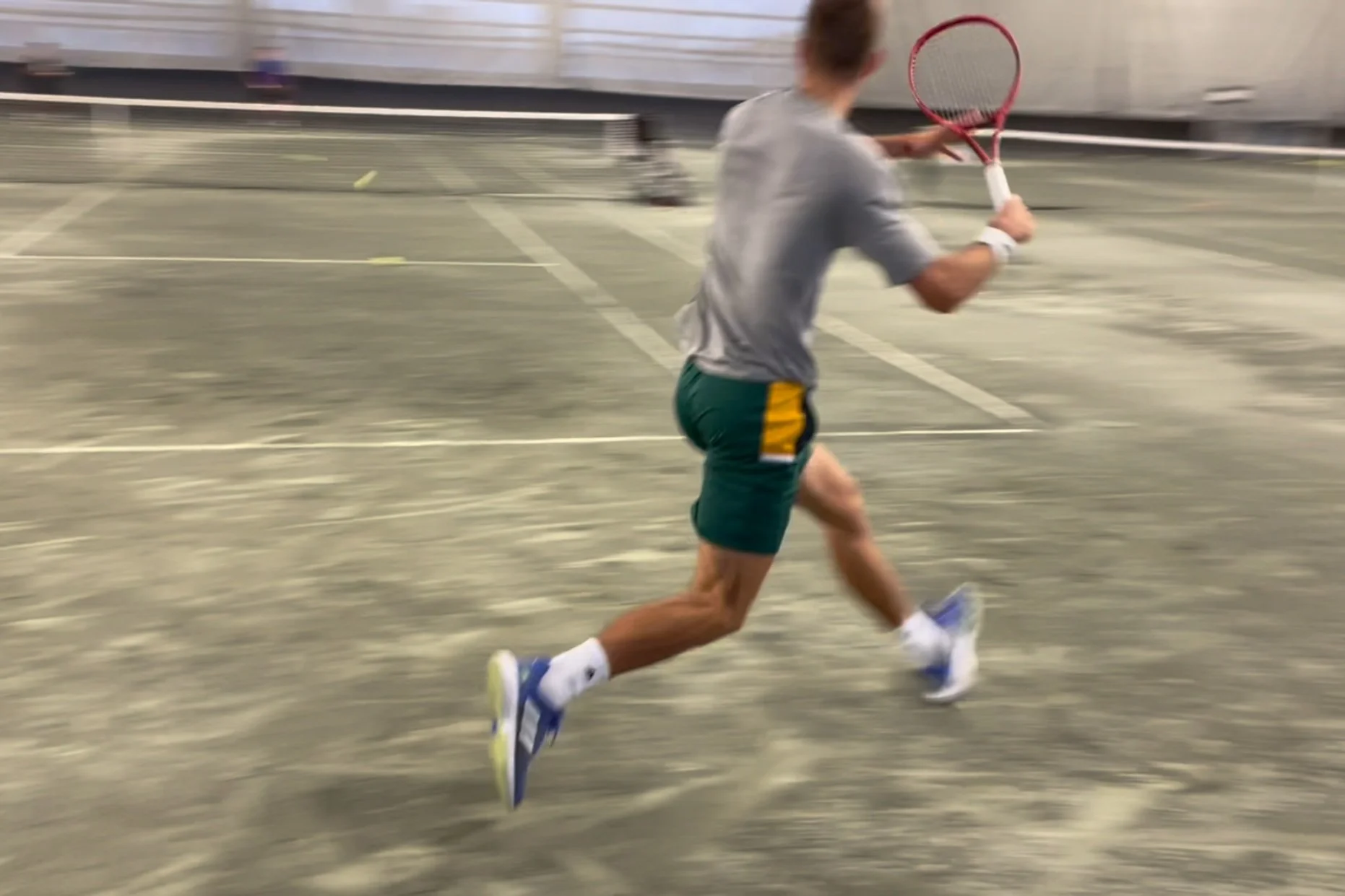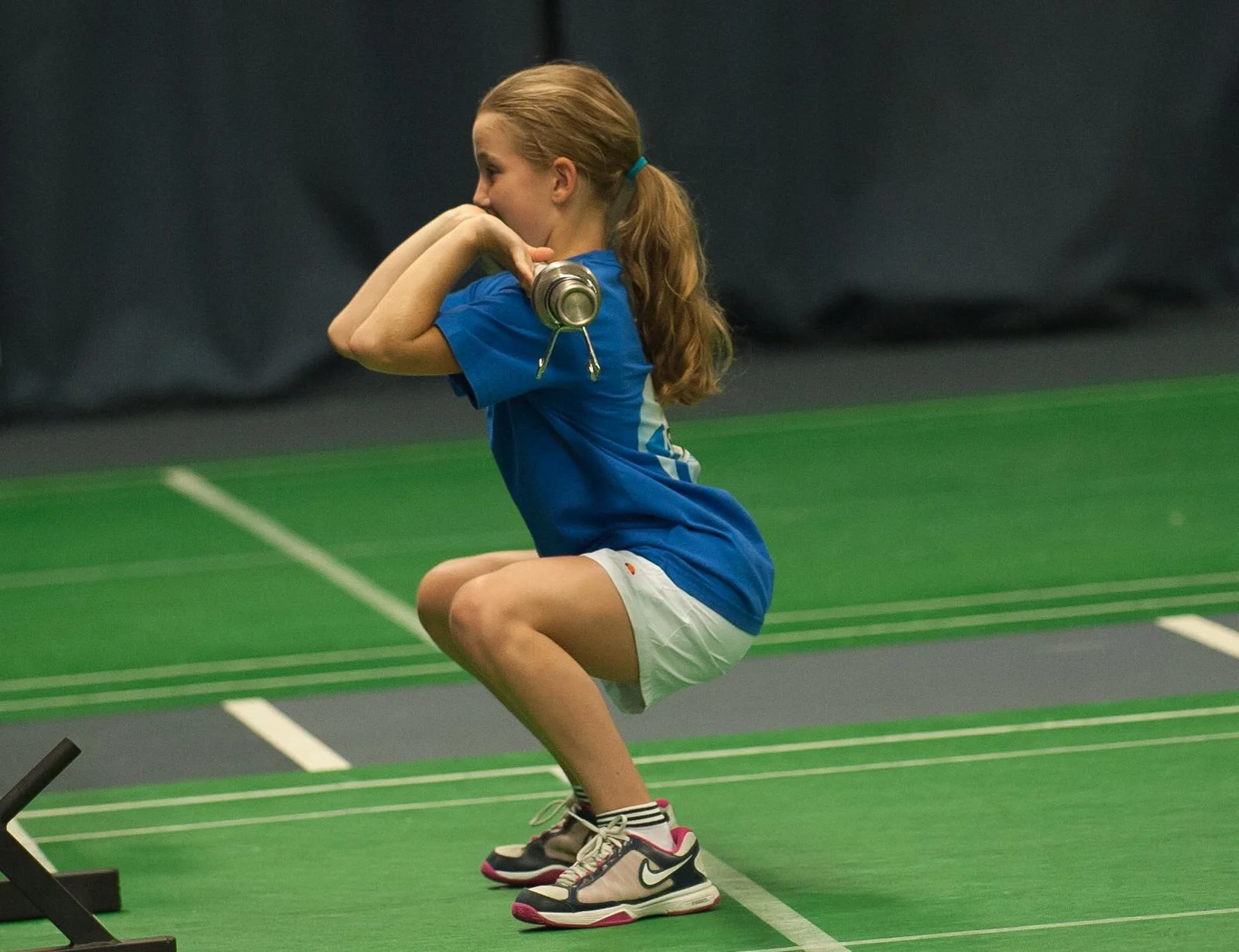’ve received many questions of late and thought it might be interesting to share some of them in a post, along with my thoughts on some key topics. These queries come from players, coaches and even tennis parents.
As you read along, keep in mind that a lot of scenarios are circumstantial, so there could be more than one answer to a particular query. That being said, I will give the most direct, evidence backed response, that I possibly can.
This is the third part of this 3-part series on mobility & flexibility training for tennis. The first post was an introductory post that defined what mobility truly is (read that here) and highlighted some of the problem areas for tennis players - with a special emphasis on the hip and shoulder. The second part went into more specifics regarding the science of stretching and it's role in the overall development of flexibility (we also dispelled the myth that flexibility is only attainable by the special few). And it included detailed info on how to improve both range of motion (ROM) and strength while presenting a shoulder internal rotation stretch example. You can read that article here.
In this post, we'll primarily be looking at the differences between dynamic and static stretching. More specifically, we'll outline what role dynamic stretching (DS) and static stretching (SS) play in the warm-up of the tennis player and how to effectively implement each type of stretching into your pre-match/practice routine. Let's go!



